World’s Longest River and Salt Caves in Iran
How much do you know about caves in Iran? Did you know the world’s longest river cave and the world’s longest salt cave are in Iran?
Dark, humid, and silent, caves are mysterious natural wonders underground. There are more than 300 caves in Iran with different structures. If you enjoy life more when you face challenging adventures we recommend you to add these underground beauties to your itinerary for travel to Iran.
We are introducing three of the most interesting caves of Iran, even though all of them have great stunning features.
Ali sadr is a 70 million-year-old cave that holds the title of the longest river cave in the world. It is located in the heart of Zagros Mountains in a village in Hamadan province. Inhabitants of the village knew about the cave and used the water in the cave. This incredible cave is one of the main attractions of Hamadan along with Avicenna tomb and Ganj Nameh inscription.
Ali sadr cave is one of the very few river caves in the world that its high ceiling and big chambers make it possible to wonder in the cave with a boat. You will see breathtaking sites while cruising on your boat on the crystal clear water surrounded by red, purple, brown, green and blue stalactites and columns. Inside the cave temperature is cool during summer and warm on winter days. Drawings of animals and hunting scenes on the walls of Ali sadr cave shows it has been a living space in prehistoric time.
The world’s longest cave made of salt is in Qeshm Island, Persian Gulf. Qeshm has breathtaking natural attractions and a Geo Park that is the only Geo Park in Iran and Middle East. There is a salt hill in Qeshm that has caves in it and Namakdan with 6400m length is the longest salt cave of this dome and in the world. As you pass the very short entrance of the cave you will see a sublime, untouched, and surreal world in front of your eyes.
Geological research on Namakdan3 cave shows it dates back to Cambrian period (541 to 485.4 million years ago). The salt in Namakdan has Magnesium and has a healing effect for people with asthma. To cross the first 100m there is no need for technical gears and visitors can just walk in and enjoy the beauty of the cave. Inside the hill, there is a spring of crystal clear water that reflects all the beautiful scenery and adds to the splendor view. The spring creates a stunning pond when it crawls outside the hill. Even though it is a salt cave but there is a great variety of color tones that you will see inside Namakdan cave.
Between the two magnificent archeological sites of Kermanshah, Taqe-e Bostan and Bisotun, there is a mountain named Parau that holds one of the most difficult caves in the world. John Middleton called it the Everest of caves when he and his team discovered Parau in 1971 because it was the deepest vertical cave in the world to that date. After Parau more caves with deeper depths were discovered in the different locations around the world but Parau is still one of the most difficult caves in the world for its low temperature, high elevated entrance (3000m high), extremely narrow and twisted corridors, and very deep wells. Parau is 1454m long and 751m deep with 26 wells. Leila Esfandiari was the first Iranian woman who crossed Parau in 2002.
Are you planning to travel to Iran? Check out our Iran Cave tour.


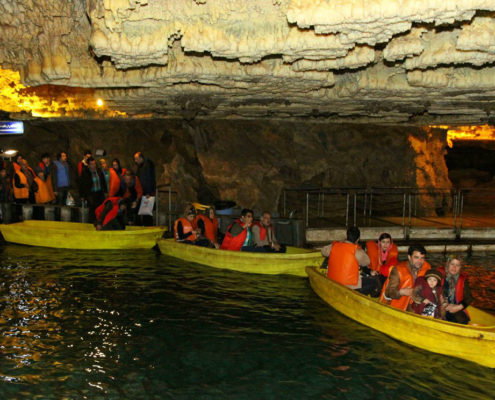
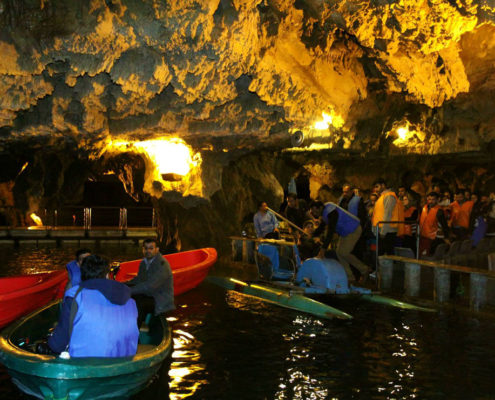
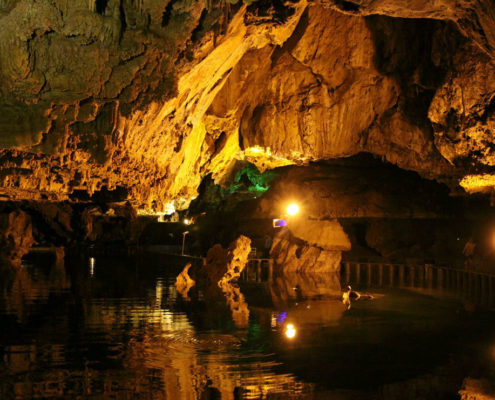
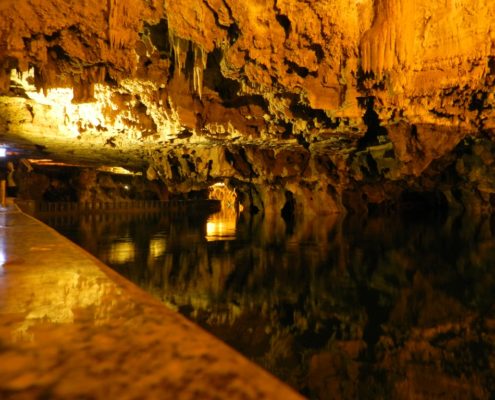
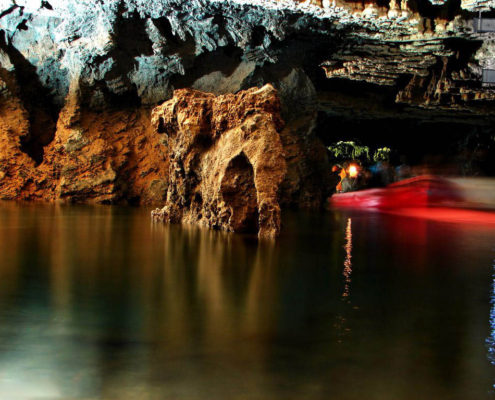
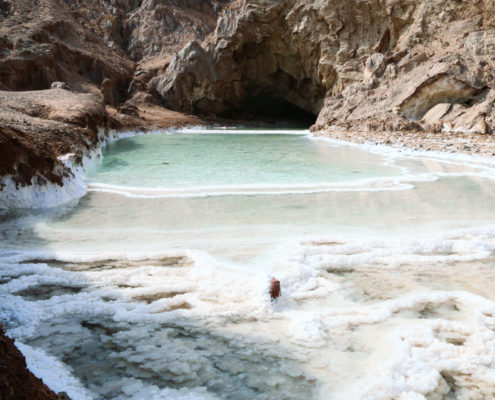
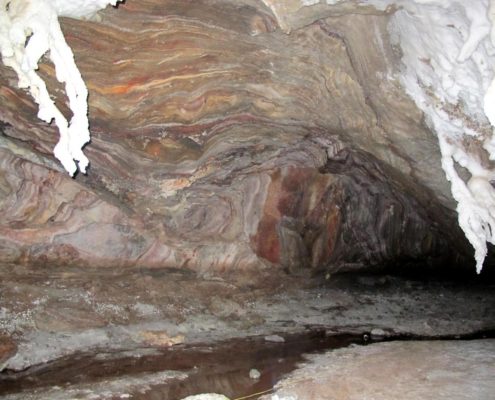
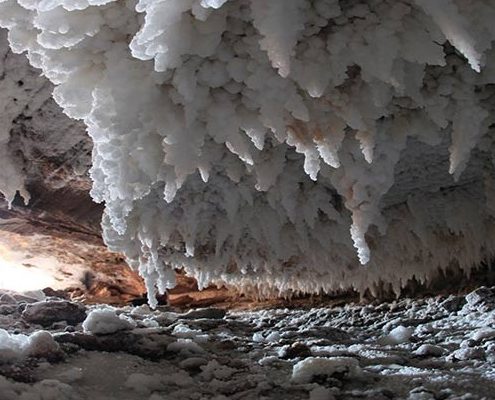
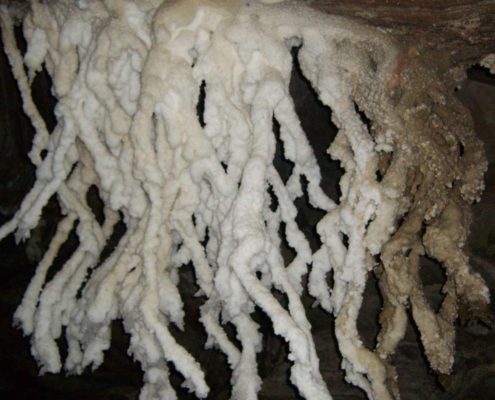
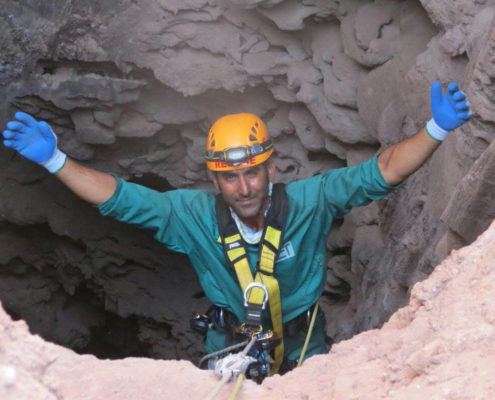

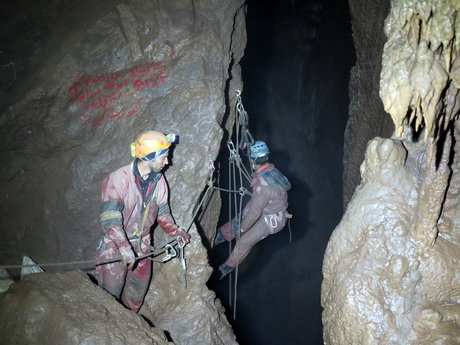
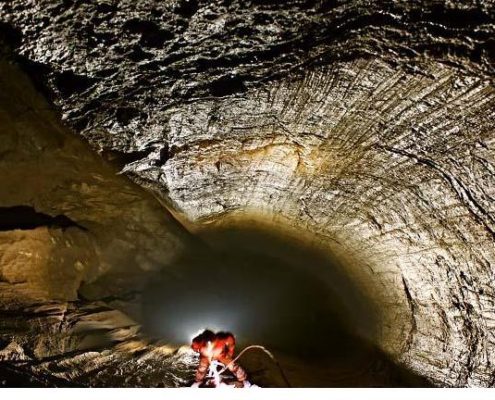
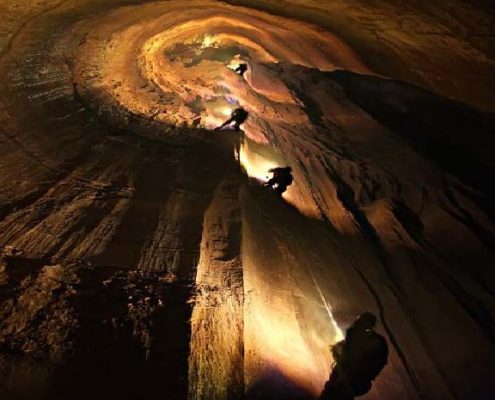
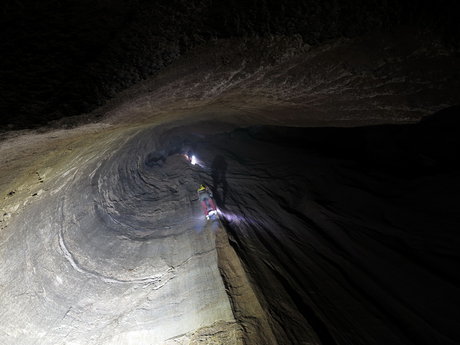


Leave a Reply
Want to join the discussion?Feel free to contribute!